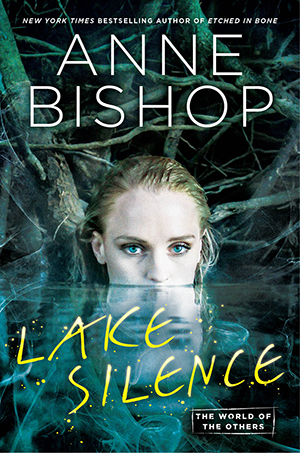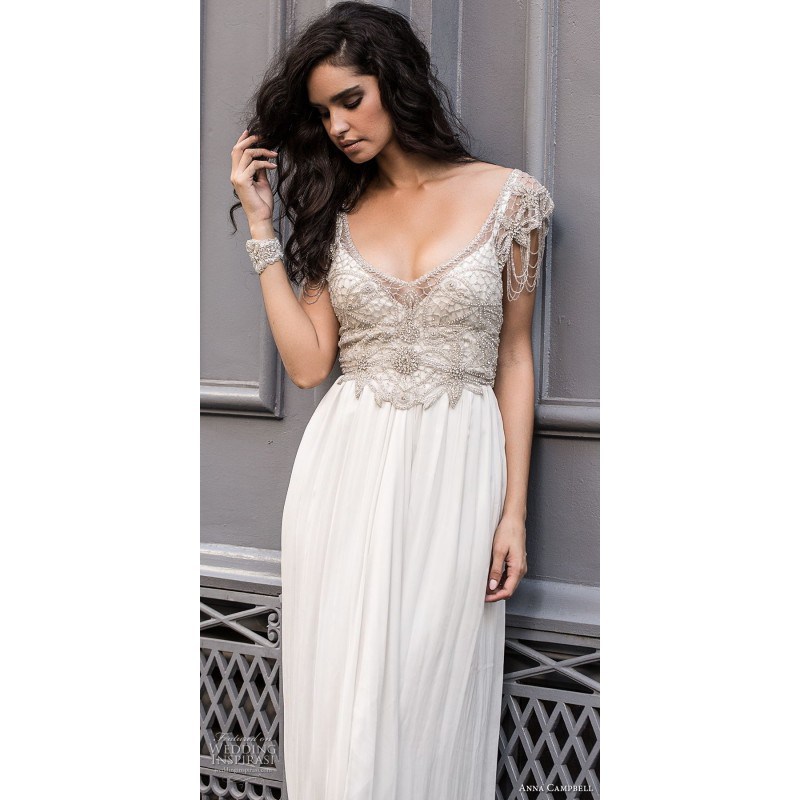
More so than adult women, girls occupy a mythologised and charged space which renders them objects of fascination and lust – for both male and female audiences – in fiction. Girls are – more than any other sub-set character group – mysterious, whimsical, magical, symbolic, idyllic, sometimes all at the same time. Historically, girl characters in male-penned fiction have been representative of a near-biblical association with forbidden temptation. They are the likes Dolores Haze of Nabokov’s Lolita, the Lisbon sisters in Jeff Eugenides’ The Virgin Suicides, and more recently the elusive Heather in Heather, the totality by Matthew Weiner. In each case, the girl in question is the object of an intense and sometimes violent male gaze: each girl is representative not just of the unobtainable, she is also a manifestation of each book’s dealings with male impotence and contemporary anxieties around race, class, capitalism and consumerism. She is a symbol of innocence and goodness who is corrupted, and over the course of the novel moves in that false dichotomy – so frequently present in stories about women – from virgin to whore.
The mother
Each novel mentioned above, interestingly, also tells of complex and problematic relationships between mothers and their daughters. These relationships are wrought out of warring desires to control and to rebel. The mother-daughter relationship has been the subject of rigorous literary and psychoanalytical scrutiny over the last decade, and Heather, the totality even makes explicit use of Freud’s Electra Complex, and elsewhere negotiates the fraught territory of boundaries of care between mother and daughter:
‘Karen became so emotional that Heather blanched, fearing that she’d hurt her mother irreparably. God, Heather was so beautiful and Karen was there for her but still let her be independent and no one laughed more and thank God Heather was modest because too much attention did not make nice people. Only now did Karen realize she had reacted that way because all she had ever wanted was for Heather to be her friend.’
(2017: 67)
It is so important to begin our understanding of female friendship in literature with representations of mother-daughter relationships in fiction, because in life and fiction her mother is the first woman with whom the girl interacts. Her mother is the first woman with whom the girl forms a complex and meaningful bond, the first person from whom the girl learns the parameters and limitations of her gender; the ways in which she must alter her appearance and behaviour, how she must avert her eyes and defer in order to survive or even succeed within patriarcho-capitalist society. The girl begins to learn her role as girl before she can walk or talk or form her own responses to the performance of gender – and more specifically, of femininity – which she is required to put on. All this is conditioned behaviour, we know, learned from the girl’s mother, who learned from her own mother in turn.
In her essay ‘Girls and Sex in YA Literature‘ (2017), Mary Ann Harlan suggests the following:
‘Girls in YA literature frequently inhabit virgin, slut, and victim identities, often within the same text and the same girl. In its many varied voices as category YA literature can provide […] a narrative of girlhood that renders them objects […]’
It is no wonder, then, that with these binary identities forced upon them, fictional girls are left with no choice but to compete with their peers in order to succeed in patriarcho-capitalist society.
Class corruption
A narrative that seems to recur in female-centric literary fiction is that of the ‘virgin’ girl being corrupted by the ‘whore’ girl. It is usually the case that the protagonist remains virginal until meeting a girl who has already been corrupted, and assimilates the girl’s identity. This is seen in both Marlena by Julie Buntin and The Girls by Emma Cline, two contemporary literary novels about female friendship. In The Girls, Evie Boyd abandons her friend Connie, who is safely entrenched in her prescribed gender performance, as seen in this passage:
‘How desperately Connie and I thought that if we performed these rituals – washed our faces with cold water, brushed our hair into a static frenzy with a boar-bristle brush before bed – some proof would solve itself and a new life would spread out before us.’
(2016: 42)
Once dissolving her initial friendship with Connie, Evie is free to pursue a friendship with Suzanne (and this says something in itself about the nature of literary female twosomes being exclusive and requiring the whole attention of the girls involved: girls cannot have two best friends), an older girl who is a runaway and a member of a mysterious free-love cult. Suzanne is independent and sexually liberated: things that Evie wants to be and things that are specifically prohibited for ‘good girls’. Again, in Marlena, Cat leaves her friend Haesung at private school and meets Marlena, a working-class girl whose life is in stark contrast to Cat’s own: she is sexually active, addicted to prescription pills and has a freedom that Cat has never had a chance to experience at school or within the confines of her safe middle-class nuclear household. Class is at play in both Marlena and The Girls, with the suggestion that middle-class girls are inherently ‘good’, and working-class girls are inherently ‘bad’, and ultimately corruptive.
Frenemies
In other examples, female friendship is presented as rivalry between girls who at times despise each other despite being wholly dependent on one another for social and emotional survival. Examples of this can be seen not just in fiction (although there are many to choose from) but across the spectrum of popular culture: in films and TV (Mean Girls is one superlative example) as well as in the storification of female celebrities and historical figures.
In music, film and celebrity culture, women capitalise on semi-fictionalised rivalries – Beyonce vs Kim Kardashian, Selena Gomez vs Demi Lovato, Bette Davis vs Joan Crawford, Taylor Swift vs Katy Perry and so on – in order to generate publicity for their own works. There is some sense with these narratives that their construction is controlled to some extent by their subjects, and thus the women involved are reclaiming some of the negative connotations of female friendship for their own gain. Nonetheless, any reclamation does not negate the fact that they are able to exist without question in the first place.
In fiction, this trend continues. Cecily von Zeisegar’s Gossip Girl series develops a complex, give-and-take friendship, built on a foundation of jealousy, between its two protagonists, Blair Waldorf and Serena van der Woodsen. Elsewhere, the toxic aspects of female friendship is interrogated by Jacqueline Wilson in middle-grade novels such as Sleepovers and Vicky Angel. Roxane Gay cites the Wakefield twins in the Sweet Valley High series by Francine Pascal as examples of toxic girlhood and the false dichotomy of virgin and whore. In the chapter ‘How to Be Friends with Another Woman’ in her fantastic essay collection Bad Feminist (2017), Gay advises the following:
‘A lot of ink is given over to mythologizing female friendship as curious, fragile relationships that are always intensely fraught. Stop reading writing that encourages this mythology.’
(2017 [2014]: 53)
At a talk at Waterstones Gower Street about literary friendships between women in July 2017, Emily Midorikawa and Emma Claire Sweeney discussed how male biographers of historic woman writers often fail to understand and consequently iterate the significant friendships women writers such as Jane Austen and Virginia Woolf had with other women during their writing careers. In A Secret Sisterhood, they describe the popular portrayal of Virginia Woolf and Katherine Mansfield as ‘bitter foes’ who endured a ‘simmering creative rivalry’ (2017: 17). They lament how ‘while […] male duos have gone down in history, the world’s most celebrated female authors are mythologised as solitary eccentrics or isolated geniuses’ (2017: 13).
Why is this the case? It is clear that throughout the literary and cultural canons, female friendship has been viewed as trivial, insignificant, fleeting, competitive above all else, and/or a means to an end. Writers – especially male ones – consistently fail to recognise, understand and successfully represent the deep and varied complexities of female friendships in their work.
Not like other girls
The idea that female protagonists are ‘not like other girls’ is a common trope that has been consistent throughout the young adult canon. Being unlike other girls is not only a rejection of the feminine, it is also a toxic insinuation that femininity, girlhood, and indeed female friendship is negative, undesirable and corruptive. Girls who reject other girls are lauded as individualistic and revolutionary, and worryingly, physically and mentally capable in traditionally masculine ways that ‘regular’ girls can never be. It is no surprise, then, that these characters frequently appear in the sci-fi and fantasy sub-genre of Y.A. fiction: see Katniss Everdeen, Tris Prior of the Divergent series by Veronica Roth, and even Bella Swan of Stephanie Meyer’s Twilight series.
These books cannot be rubbished for their efforts to portray young women in roles different from those traditionally assigned to girls within the genre: the girls are physically and emotionally tough, independent in some cases, and achingly moral in their decision-making. But, more often than not, morality gives way to moral superiority: the idea that these girls have those positive attributes because they shy away from ‘regular’ girls, because they prefer friendships with boys (thus, inexplicably, taking on the masculine), and because they reject female friendships. Of course, this is entirely not the case and can conversely become harmful to general efforts to create diversified representations of girls within the genre.
Redemptions
There are many successful portrayals of female friendship across literature which do not fall into these common tropes that can do more harm than good. My Brilliant Friend by Elena Ferrante, which was recently adapted into a stage play at the Rose Theatre in Kingston, UK, is a good place to start. Other novels mentioned in this essay do redeem themselves in some aspects of their portrayals of female friendship: both Cline and Buntin’s literary novels are multi-faceted, complex and interrogative works which go some way to building up a complete portrait of the many nuances of female friendships. Miriam Toews interrogates these things in a similar way through sisterhood in her books A Complicated Kindness and All My Puny Sorrows. Despite this, young adult fiction continues to sorely lack in nuanced portrayals of girls who are friends.
@kirstycapes
References
Buntin, Julie. (2017). Marlena (London: Picador).
Cline, Emma. (2016). The Girls (London: Vintage).
Gay, Roxane. (2017 [2014]). ‘How to Be Friends with Another Woman’, Bad Feminist (New York: HarperCollins).
Harlan, Mary Ann. (2017). ‘Girls and Sex in YA Literature‘, H-Amstudy: American Studies. 9 October 2017. Accessed 7 January 2018.
Midorikawa, Emily & Sweeney, Emma Claire. ‘Introduction: In Search of a Secret Sisterhood’, A Secret Sisterhood (London: Quarto).
Weiner, Matthew. (2017). Heather, the totality (Edinburgh: Canongate).
Advertisements Share this:





